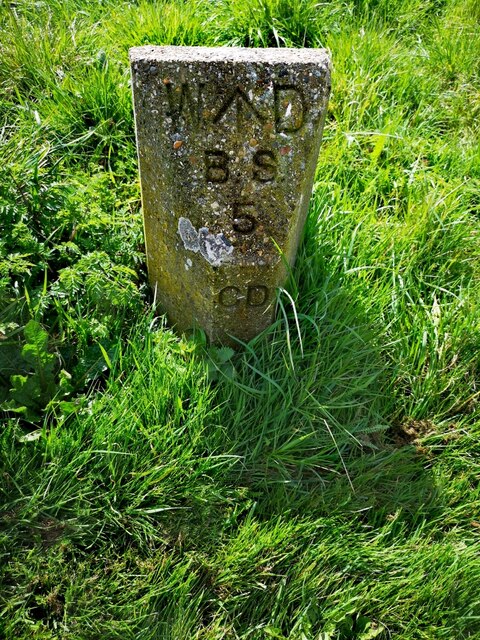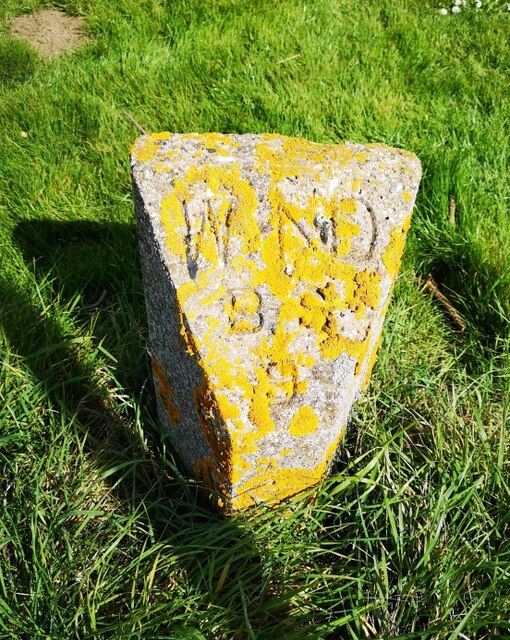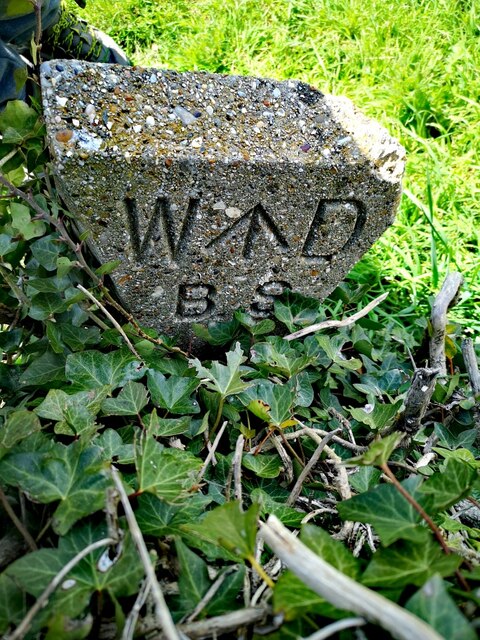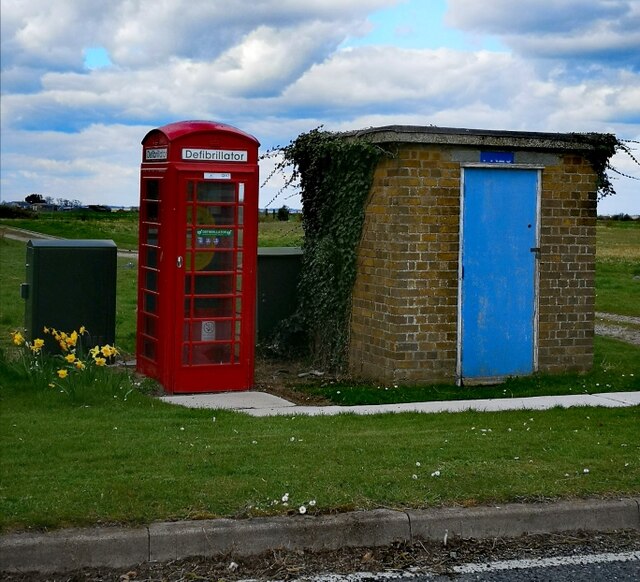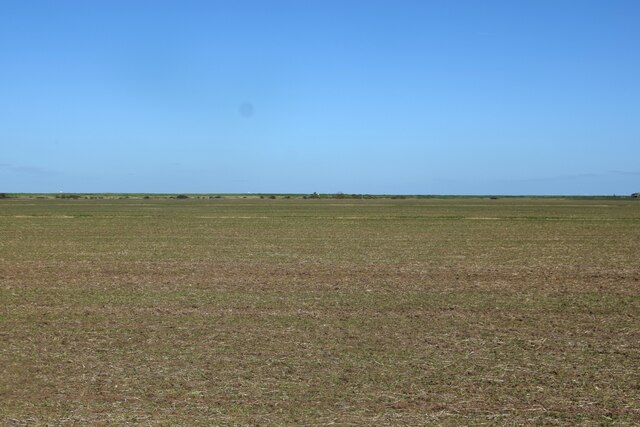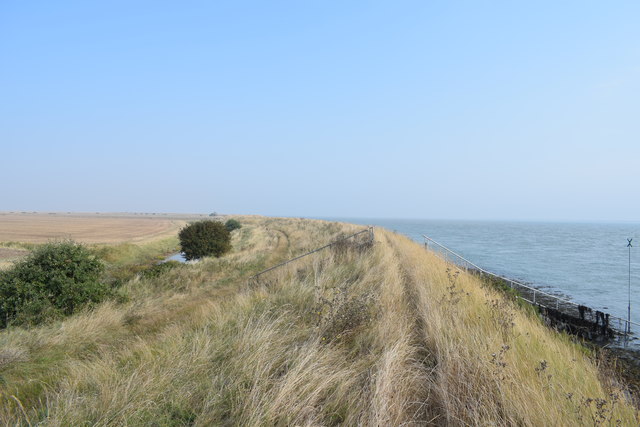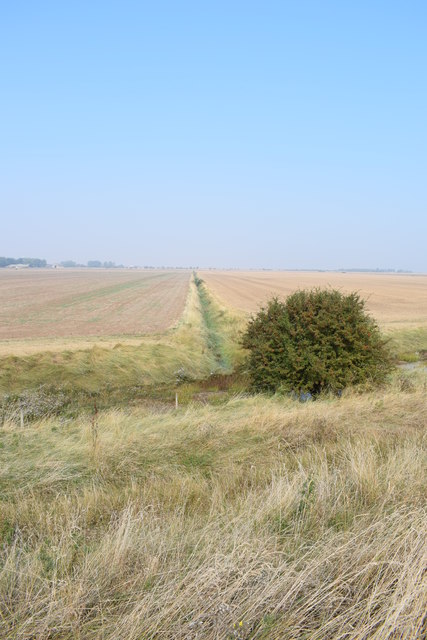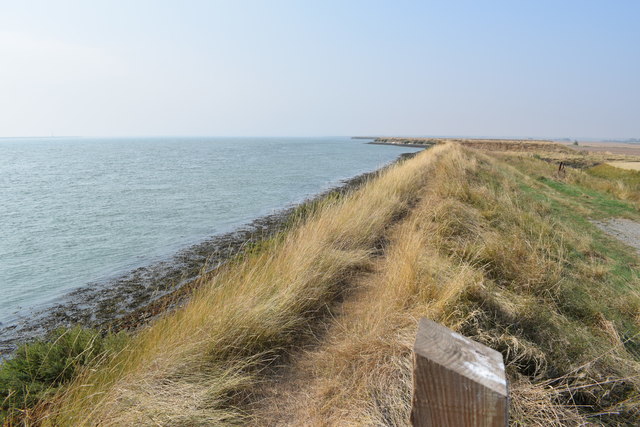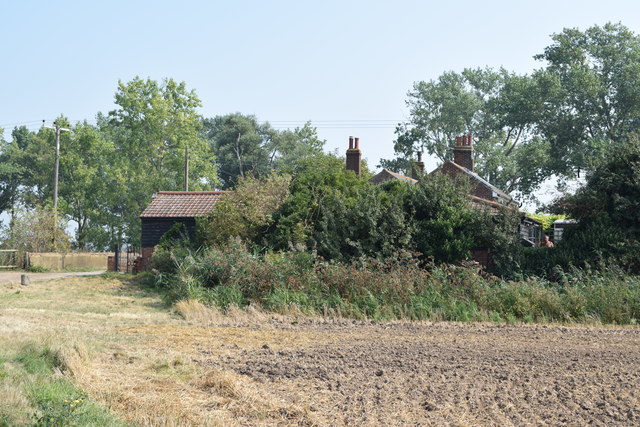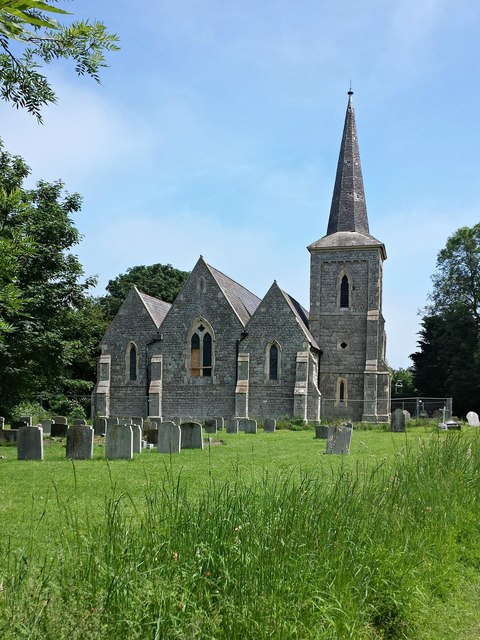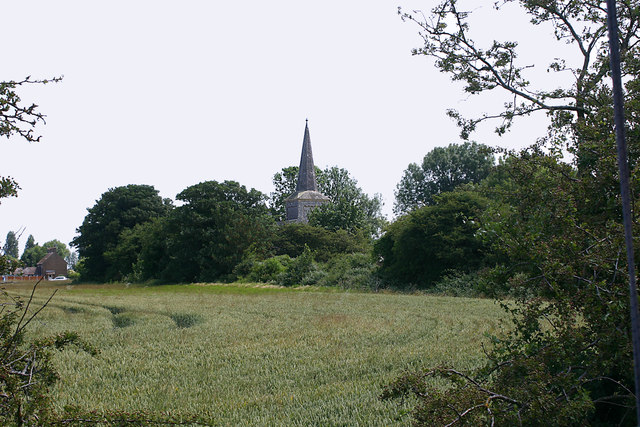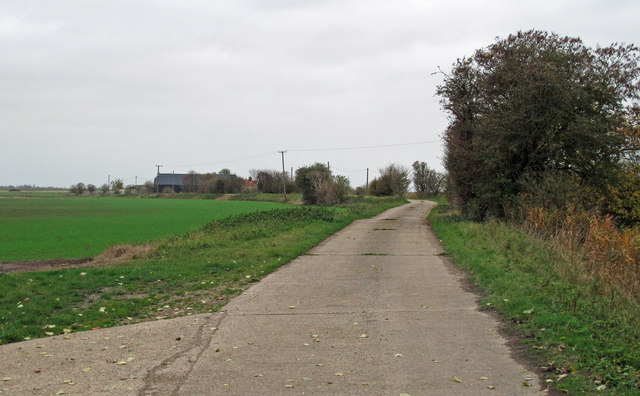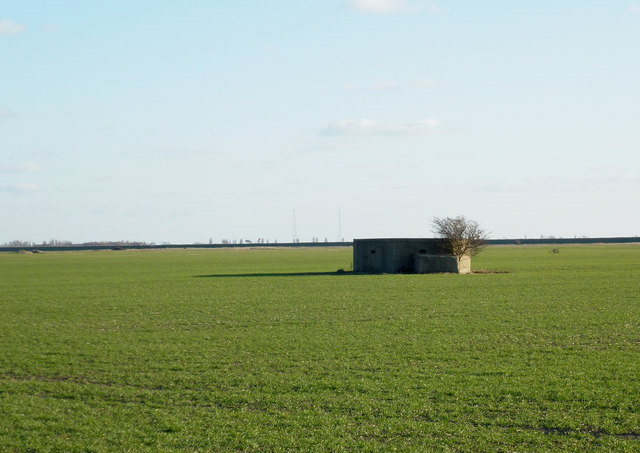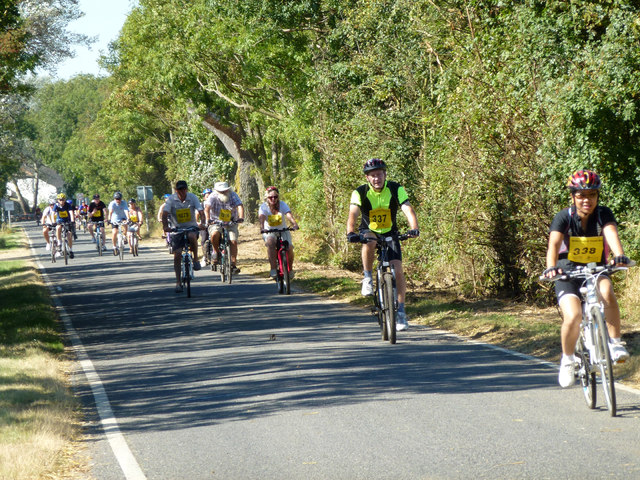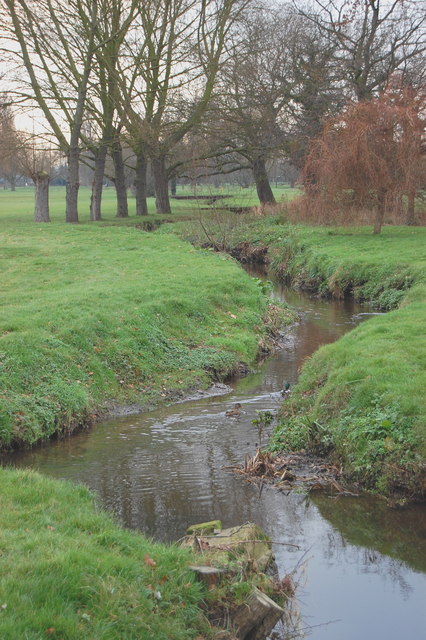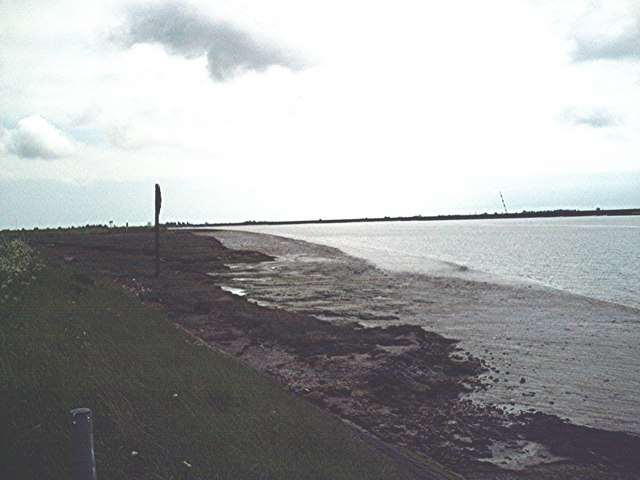Clark's Hard
Coastal Marsh, Saltings in Essex Rochford
England
Clark's Hard
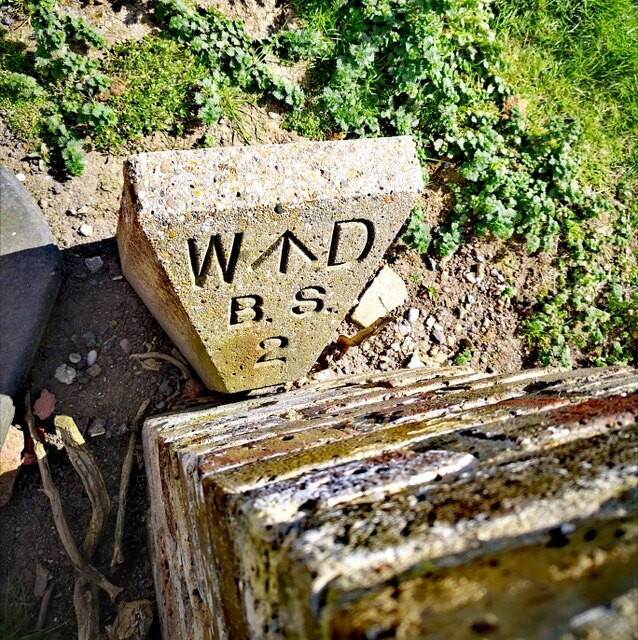
Clark's Hard is a coastal marsh located in Essex, England, known for its beautiful and diverse ecosystem. Situated within the larger area of the Essex Coast Marshes, it encompasses a vast expanse of saltings, which are low-lying areas of coastal land that are regularly flooded by the tides.
The marsh is characterized by its unique blend of saltwater and freshwater habitats, making it a haven for a wide array of plant and animal species. The intertidal mudflats provide abundant food sources, attracting numerous wading birds such as curlews, redshanks, and avocets. These birds can often be seen probing the mud with their long beaks in search of invertebrates.
The vegetation in Clark's Hard is predominantly composed of salt-tolerant plants, including samphire, sea lavender, and glasswort. These plants have adapted to the high salinity levels in the marshes and play a crucial role in stabilizing the soil and preventing erosion.
The marsh is also home to various fish species, such as flounders and bass, which take advantage of the sheltered waters and abundant food sources. Migratory fish, like salmon and sea trout, use the marsh as a crucial spawning ground.
Clark's Hard offers a rich and diverse landscape for nature enthusiasts and birdwatchers alike. Its significance as a protected area ensures that the delicate balance of the ecosystem is maintained, providing a vital habitat for both resident and migratory species. The marsh serves as a valuable site for scientific research and education, offering visitors the opportunity to learn about the importance of coastal ecosystems and the need for their conservation.
If you have any feedback on the listing, please let us know in the comments section below.
Clark's Hard Images
Images are sourced within 2km of 51.616405/0.8902808 or Grid Reference TR0094. Thanks to Geograph Open Source API. All images are credited.
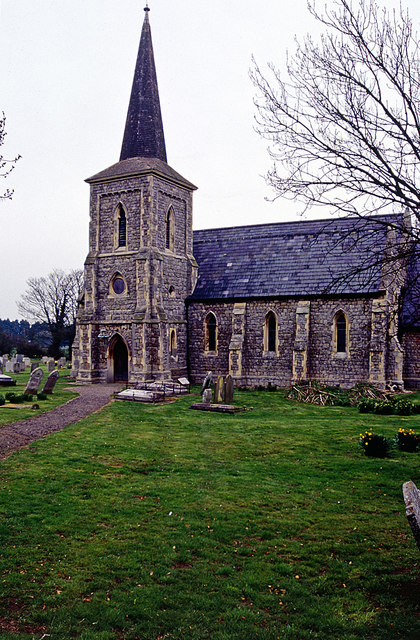
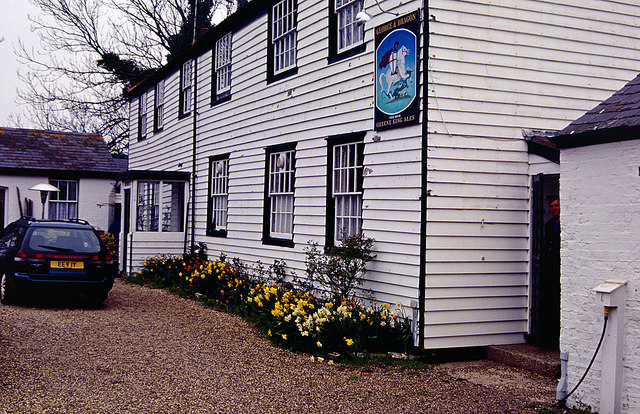

Clark's Hard is located at Grid Ref: TR0094 (Lat: 51.616405, Lng: 0.8902808)
Administrative County: Essex
District: Rochford
Police Authority: Essex
What 3 Words
///singles.bulge.arts. Near Burnham-on-Crouch, Essex
Nearby Locations
Related Wikis
River Roach
The River Roach is a river that flows entirely through the English county of Essex. It is one of four main streams that originate in the Rayleigh Hills...
Saint Mary the Virgin, Foulness Island
Saint Mary the Virgin is a parish of the Church of England on Foulness Island, in Essex, England. Before the 15th century, the island of Foulness was divided...
Foulness Island
Foulness Island () is a closed island on the east coast of Essex in England, which is separated from the mainland by narrow creeks. In the 2001 census...
Wallasea Wetlands
Wallasea Wetlands is a reclaimed wetlands area located in Essex, England. It has been created as part of a government-funded wetlands scheme to halt the...
River Crouch
The River Crouch is a small river that flows entirely through the English county of Essex. The distance of the Navigation between Holliwell Point which...
Wallasea Island
Wallasea Island lies in Essex, England. It is bounded to the north by the River Crouch, to the south east by the River Roach, and to the west by Paglesham...
Royal Corinthian Yacht Club
The Royal Corinthian Yacht Club is a watersports organisation based at Burnham-on-Crouch, Essex. == History == === Early history === The club was founded...
Foulness SSSI
Foulness SSSI is a 10,702 hectare biological Site of Special Scientific Interest covering the shoreline between Southend-on-Sea and the Crouch estuary...
Related Videos
Episode 057: The Great Flood Of 1953
Residents along the Essex coast awoke in the early hours of 1st February 1953 to a storm surge sweeping across the land.
The Broomway. A tidal byway over Foulness sands.
This is an unedited video of us riding The Broomway, a right of way across Foulness Sand off the Essex coast. It has a reputation ...
Nearby Amenities
Located within 500m of 51.616405,0.8902808Have you been to Clark's Hard?
Leave your review of Clark's Hard below (or comments, questions and feedback).
